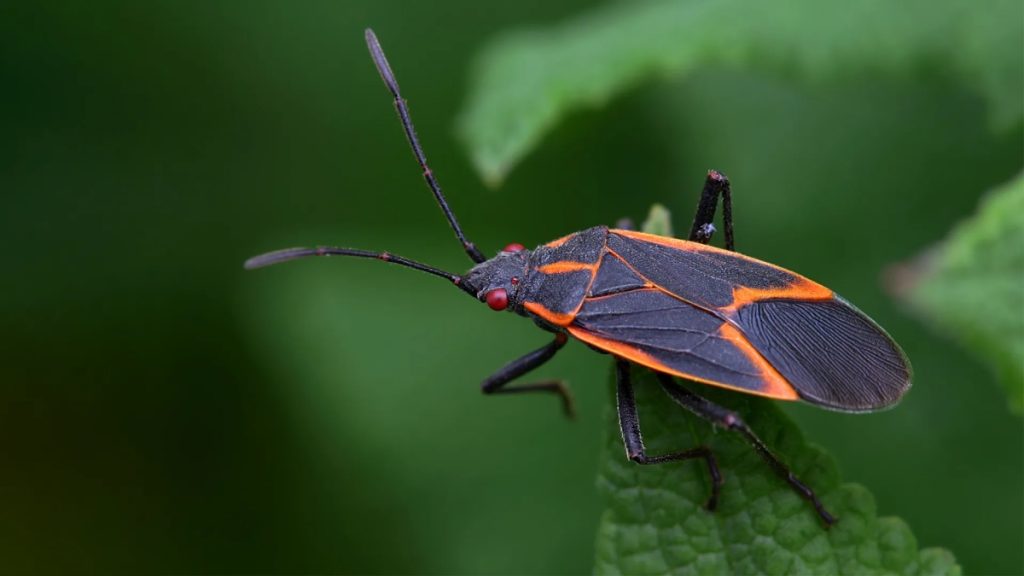If boxelder bugs manage to get into your house in Lodi, they can be challenging to deal with. These little pests are gregarious and seek cover from the cold; in the fall and winter, they frequently invade buildings in huge numbers. But they’re hard to get rid of because of their toughness, capacity for hiding in plain sight, and protracted periods of inactivity throughout the winter. You may need to call pest control services in Lodi. Here is the information you should know if you have seen these pests or want to prevent an infestation.
What Are Boxelder Bugs?
These little insects are easily identified by their distinctive reddish-orange patterns on their black bodies. In the warmer months, they eat tree seeds, mostly impeding boxelder and other maple and ash trees. As the weather cools, these pests congregate on buildings in huge numbers, looking for protection from the elements. They are not dangerous to people or structures, but they are a nuisance since they often break into homes in search of warmth.
What Do Boxelder Bugs Look Like?
Boxelder bugs are easily recognized by the length of their little bodies, which usually measure between 0.5 and 0.75 inches. With their distinctive red-orange patterns and black bodies, they look impressive. These motifs are composed of three longitudinal stripes that give the pronotum and wings their characteristic appearance.
When at rest, their wings fold into a V shape, revealing a pattern of reddish-orange veins. These insects also have short, usually dark-colored legs and thin, segmented antennae that protrude forward from the head.
How Do Boxelder Bugs Get In The House?
These can infiltrate homes and structures in an effort to find safety, warmth, and cover. When fall arrives and the weather cools down, they usually begin to look for indoor cover. These are a few typical entry points they use into your house:
- Small Spaces: Cracks and gaps around windows, doors, foundations, and siding allow pests to get into dwellings. They can fit through tiny apertures, so even tiny gaps can serve as entrances for them.
- Vents and Chimneys: Your home’s roof, walls, or other openings may be points of entry for boxelder bugs.
- Doors and Windows: Boxelder bugs can readily fly or climb inside if doors or windows are left open or have broken or missing screens.
- Plants and Trees: These insects may enter your home through nearby boxelder or other host trees, mainly if the trees are in close proximity to or touch the building.
- Unintentional Intrusion: Boxelder bugs may unintentionally infiltrate your home through clothing, luggage, or other items.
How Do I Deter Boxelder Bugs?
- Seal Gaps and Cracks: look for any openings in your house and use weatherstripping to seal them.
- Repair Damaged Screens: To keep them out, make sure the screens on windows and doors are in good condition.
- Install Door Sweeps: Use door sweeps to establish a barrier at the bottom of outside doors.
- Trim Vegetation: To lessen the possibility that insects will enter your home through plants, keep trees and bushes cut back from your property.
- Employ Mesh or Netting: If there are boxelder trees near your home, use mesh or netting to keep insects from landing on windows.
Speak With A Pest Control Expert: Boxelder bugs can be challenging to handle once inside, so if you see any, consider getting advice from a San Joaquin County Pest Management expert on safe removal techniques.
In conclusion, to effectively manage boxelder bugs in your house, a combination of physical removal techniques, preventive measures to seal access points, and the assistance of a pest control specialist is frequently needed.

